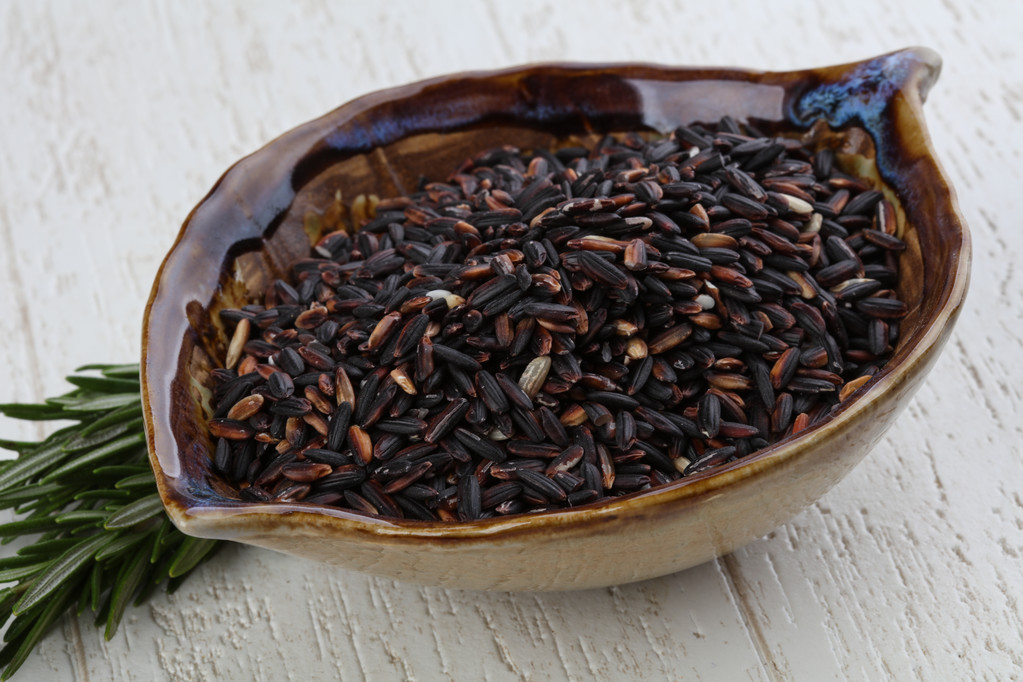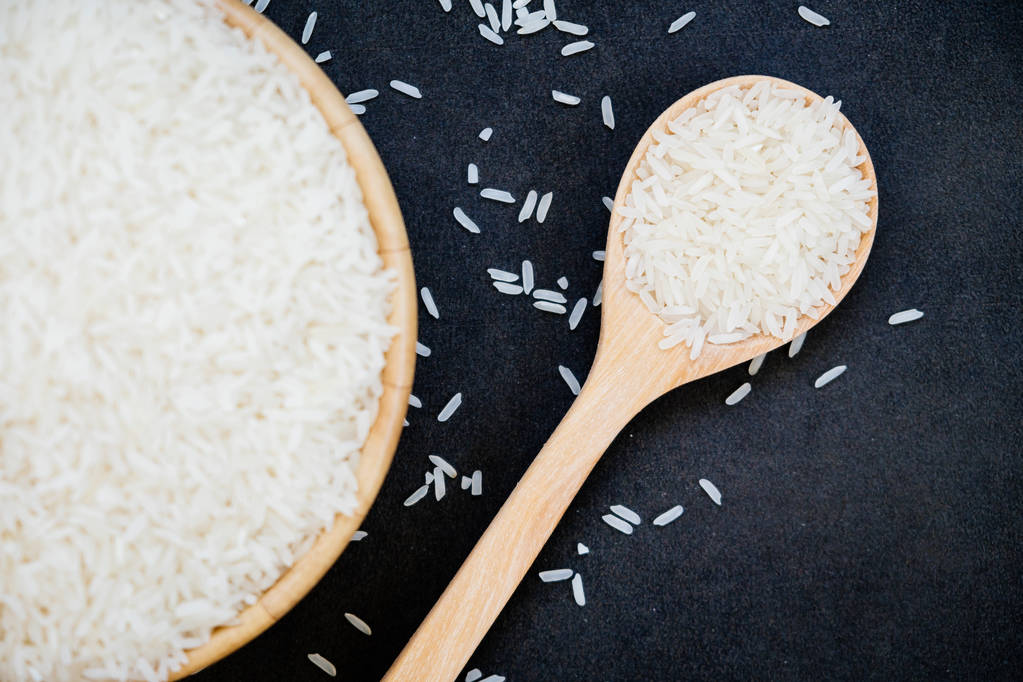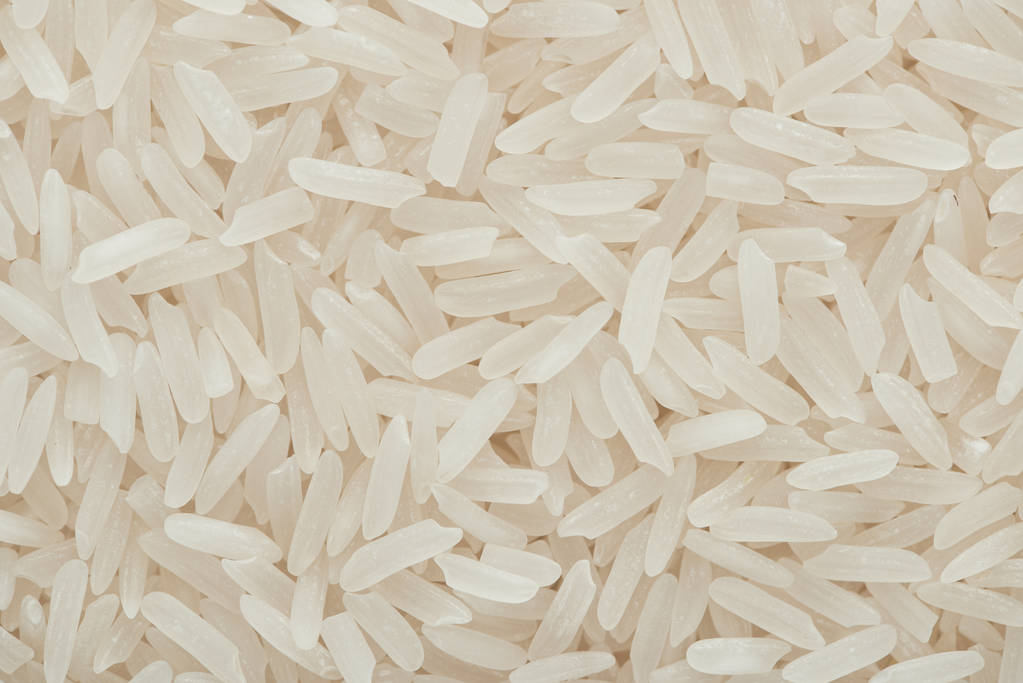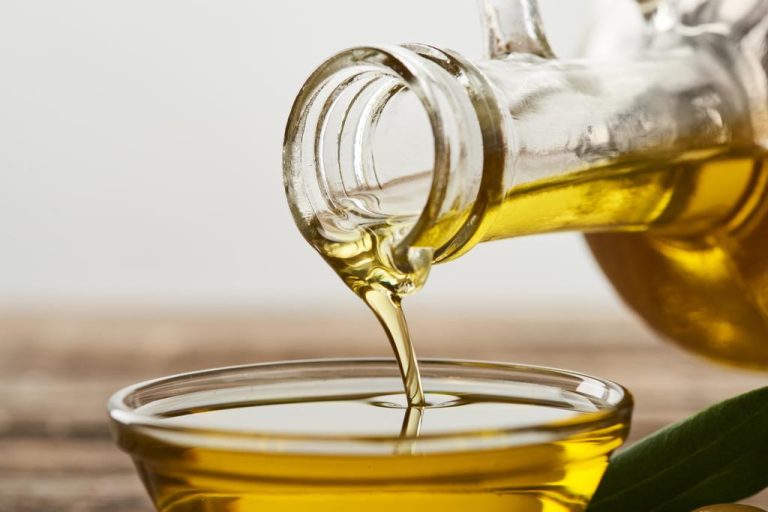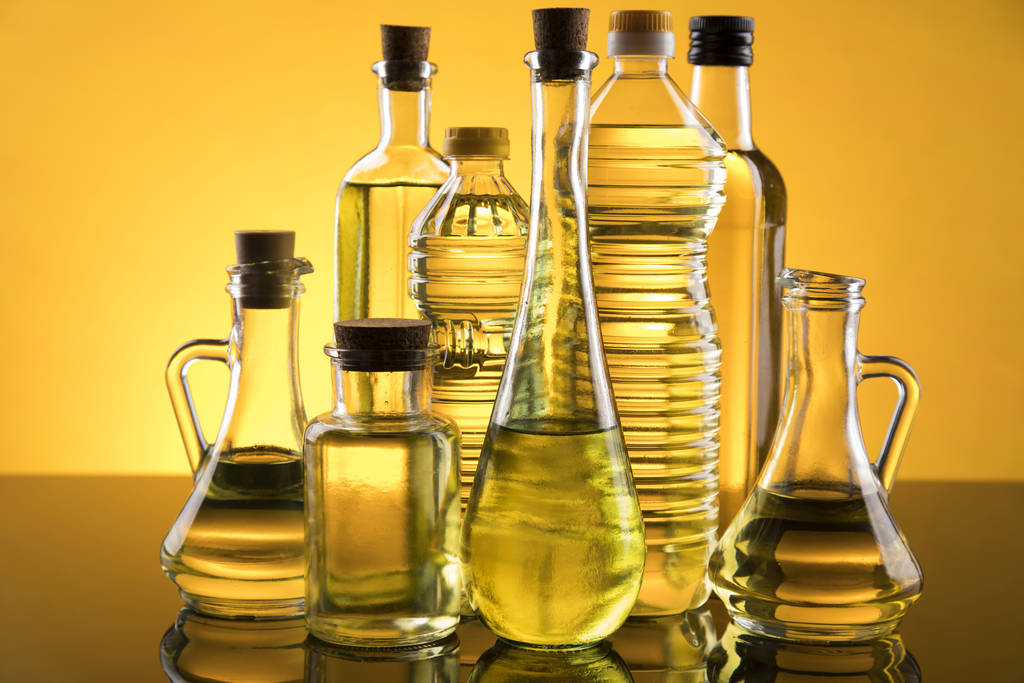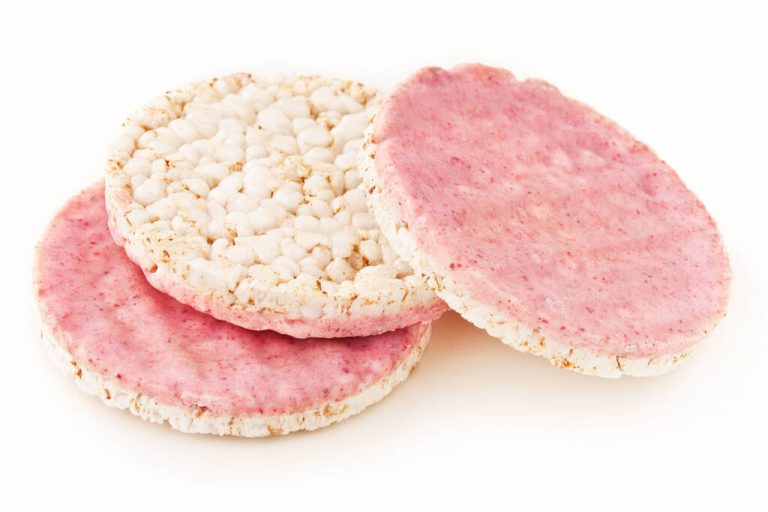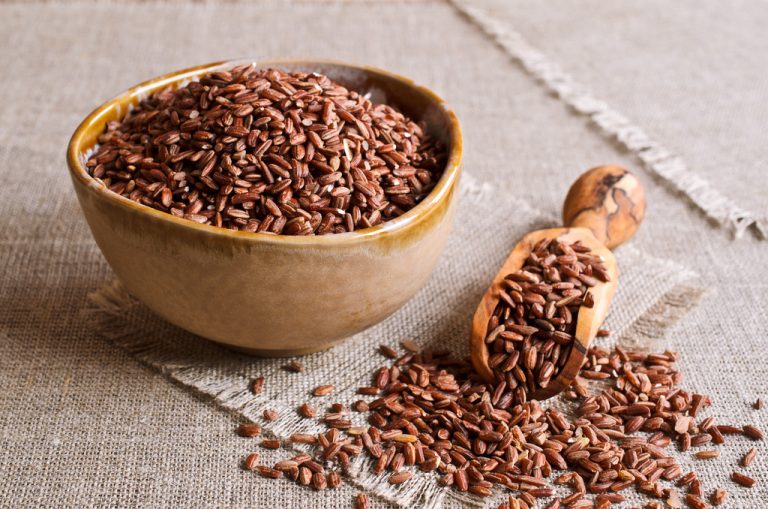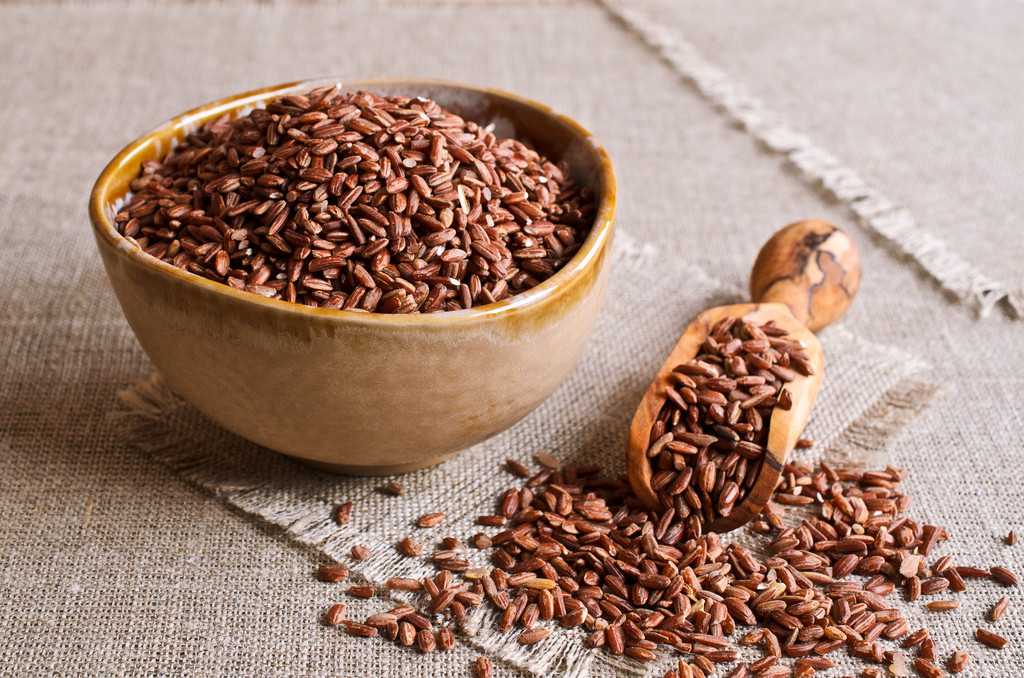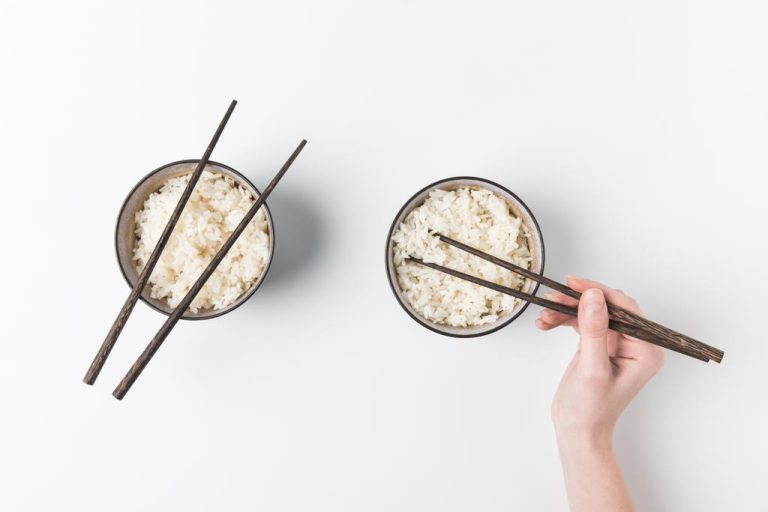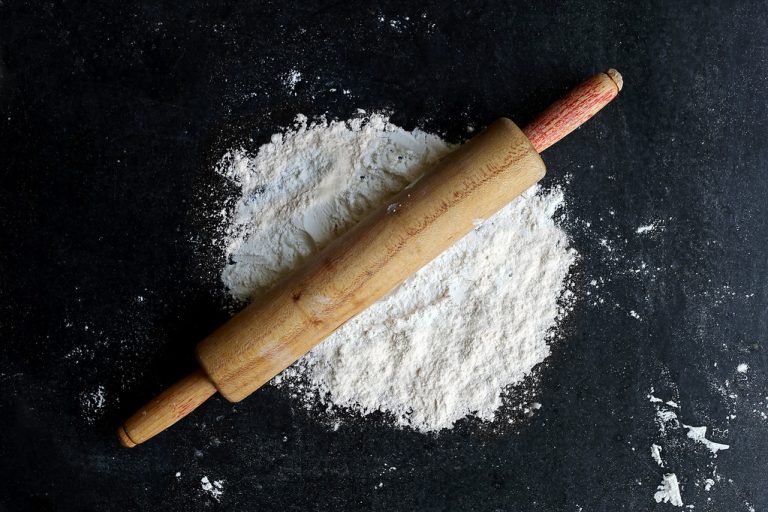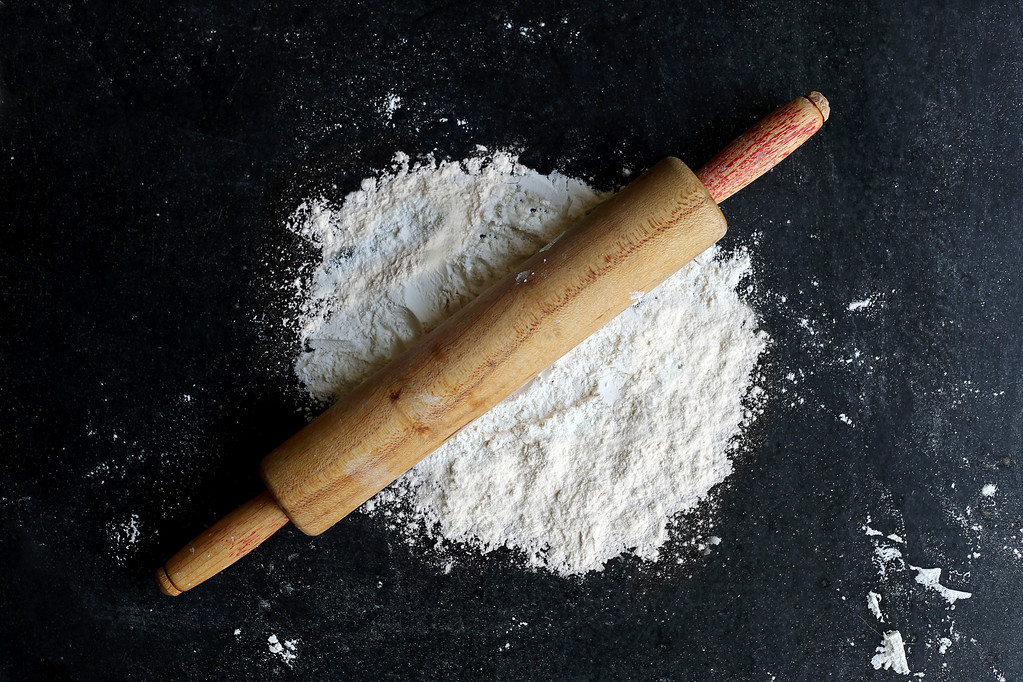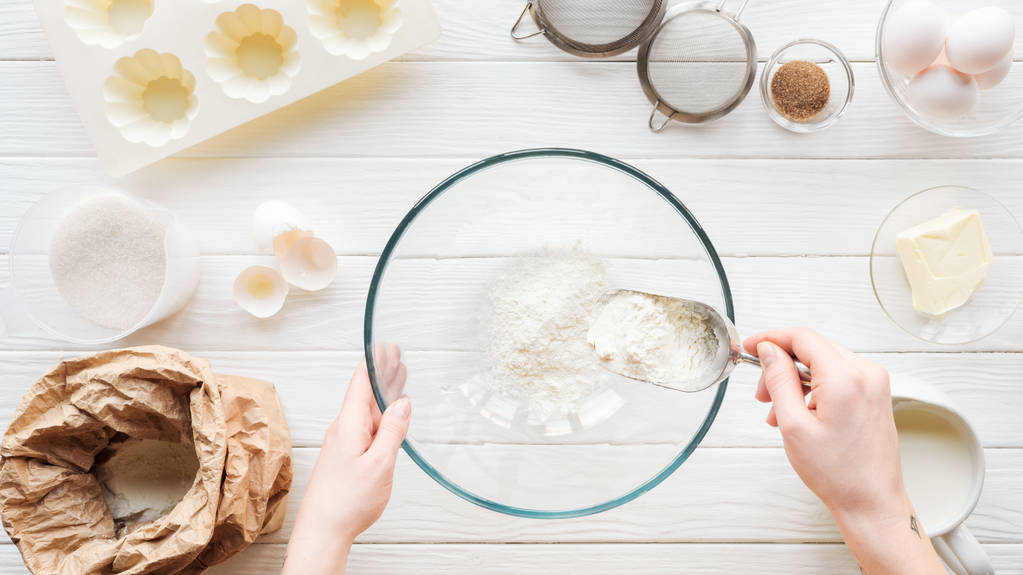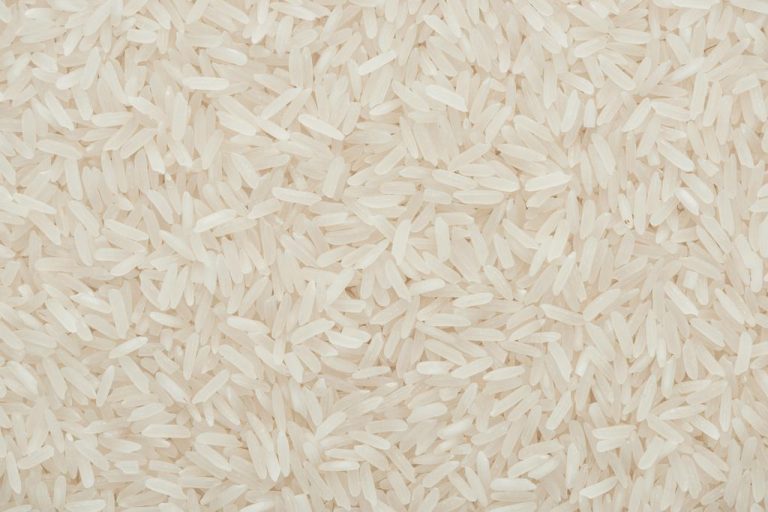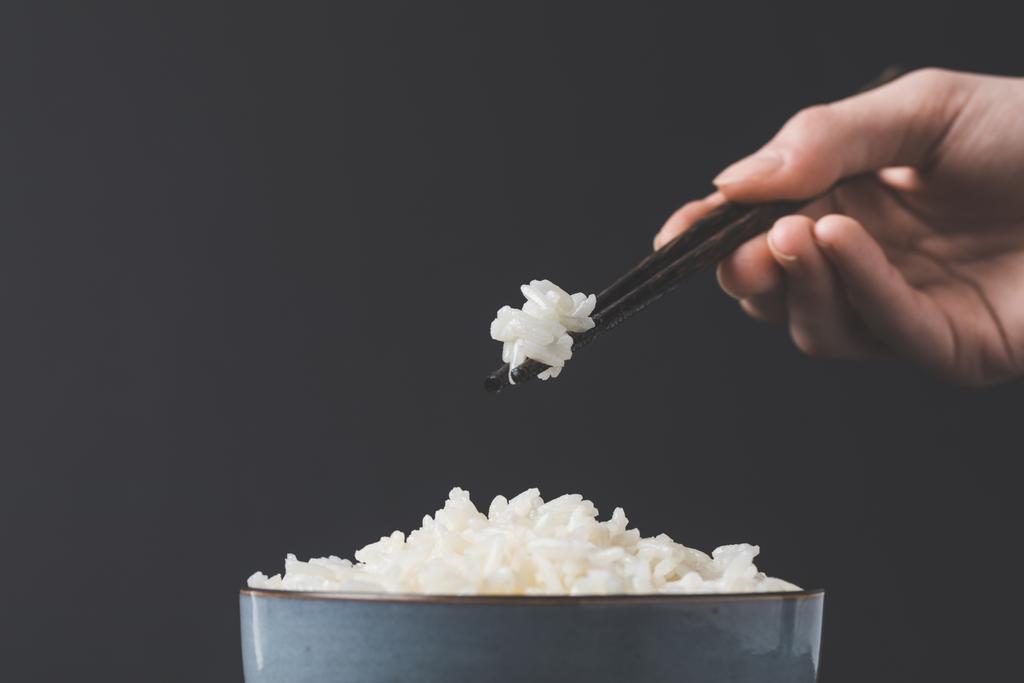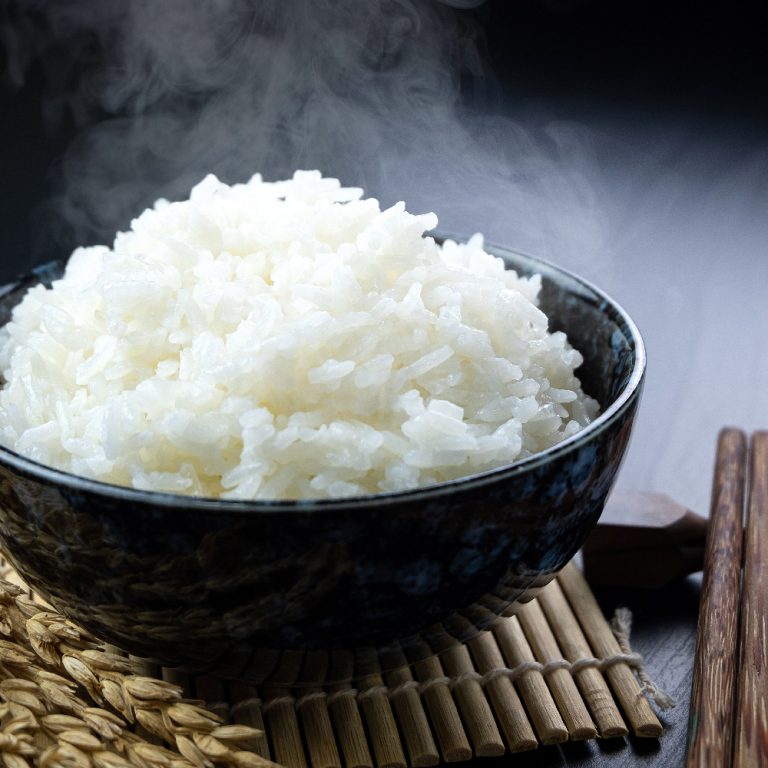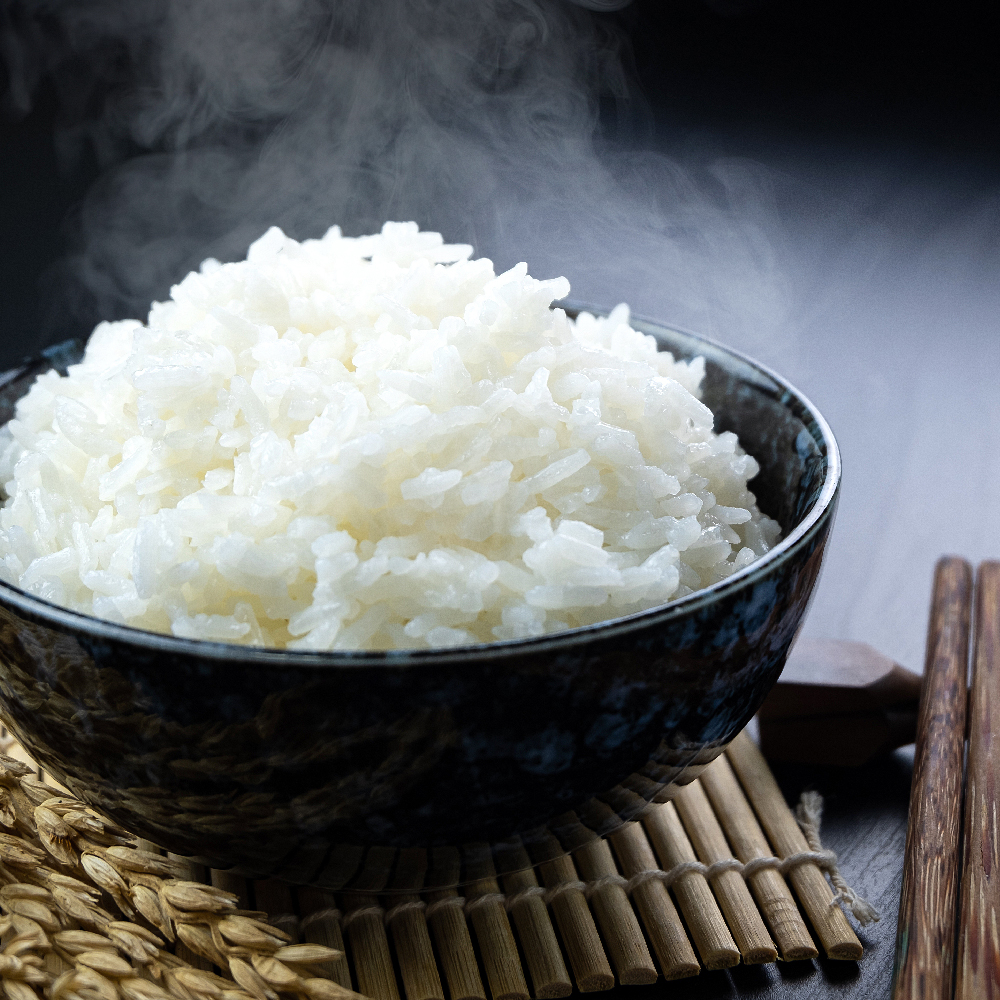Black rice is a rarity among rice varieties – not only because it is also called “forbidden rice”. Here you can learn more about black rice and what makes it so special.
Black rice has been cultivated in China for centuries. There it is also known as “Forbidden Rice”. In the past, its cultivation was so complex and delicate that for a long time only the emperor was allowed to enjoy it.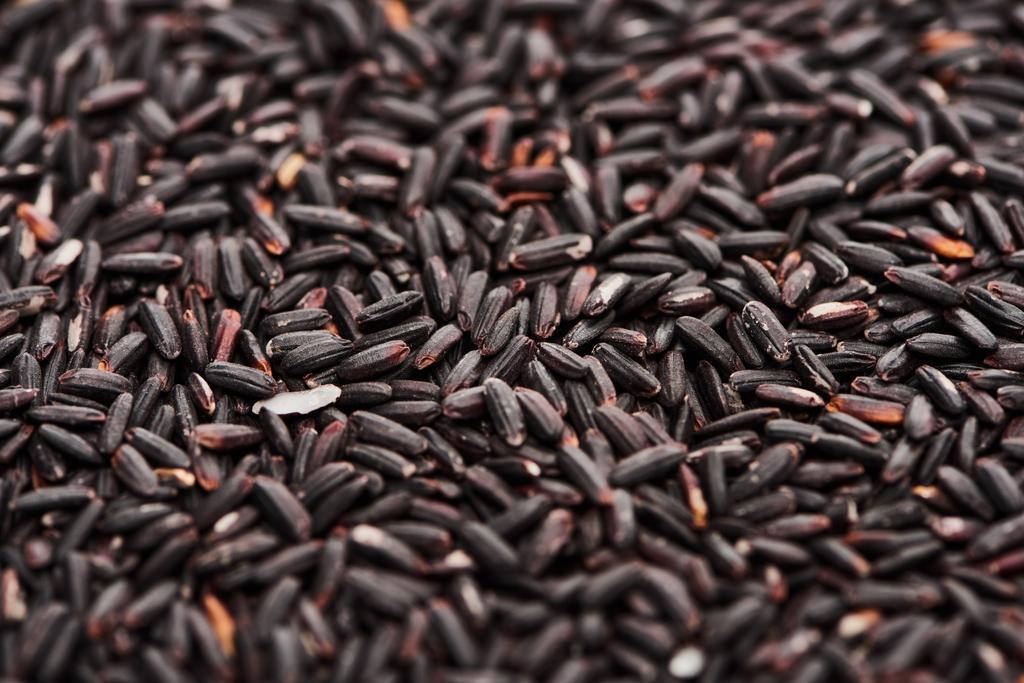
Black Rice: Origin and Cultivation
In addition to China, the main growing areas for black rice are Thailand, Vietnam and Indonesia. But black rice is now also being cultivated in Europe: Black Venere rice or Venus rice grows in the Italian Piedmont region. This is a cross between Chinese black rice and a native Italian variety adapted to the European climate. Black rice grows even closer in the Austrian Burgenland – even in organic quality.
Black rice is often confused with wild rice or paddy rice, which is also black. But wild rice is a different plant species. Botanically, wild rice is an aquatic grass species and belongs to the genus Zizania, while black rice belongs to the genus Oryza.

Taste and Appearance of Black Rice
There are slight color gradations among the black rice varieties:
Vietnamese black rice has a slightly red shimmer.
Indonesian black rice has a brown tinge.
Chinese black rice is the only one that is truly black.
Black rice is always whole grain rice. Because it gets its extraordinary color from a natural pigmentation of the outer grain layers. The plant pigments anthocyanins, which give plants an intensive red, violet or blue color, are responsible for this. If you peeled the rice, it would be white. It is usually commercially available as brown rice. That means it has been dehulled, but not sanded or peeled.
In terms of taste, the black rice offers a mixture of nut and cereal aromas. Black rice is quite aromatic in taste and still has a crunchy bite after cooking. In Asia it is often used in the sticky rice variant for desserts, for example for rice pudding made from black rice with mango. You can also use black rice as a side dish for stir-fries or as a filling for hollowed and baked butternut squash.




